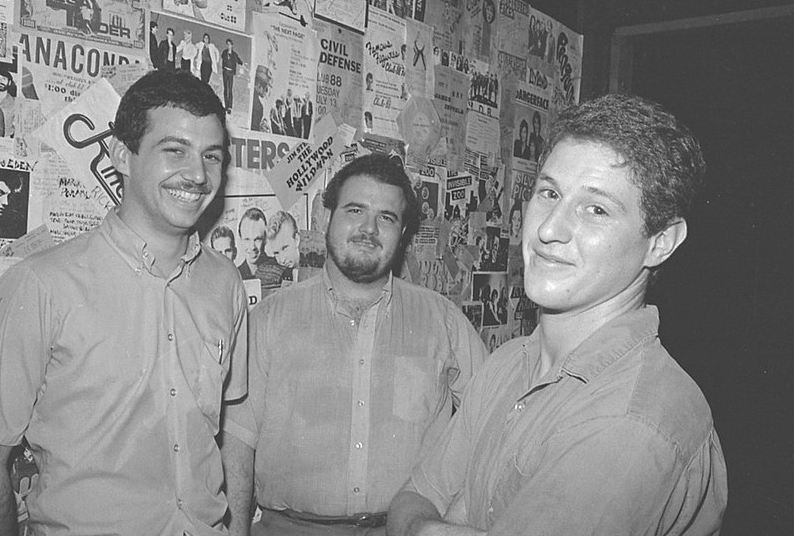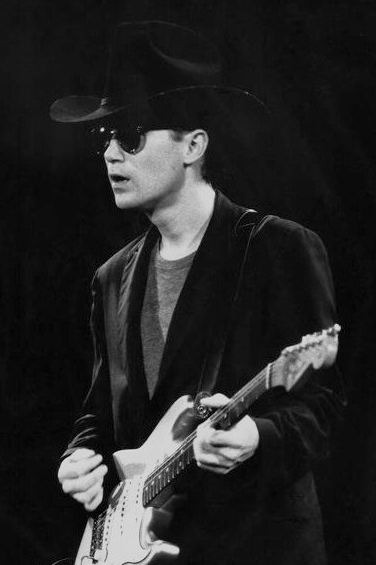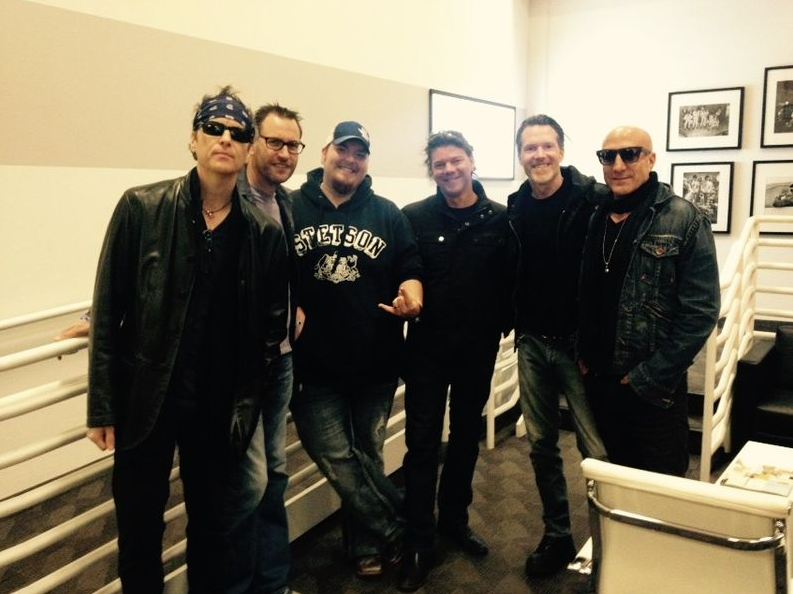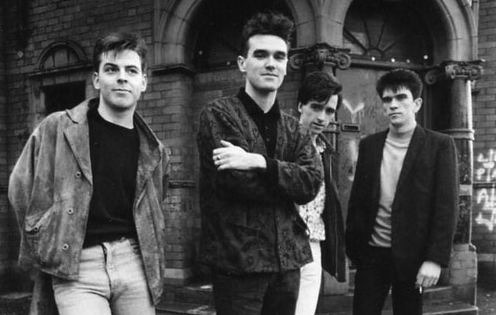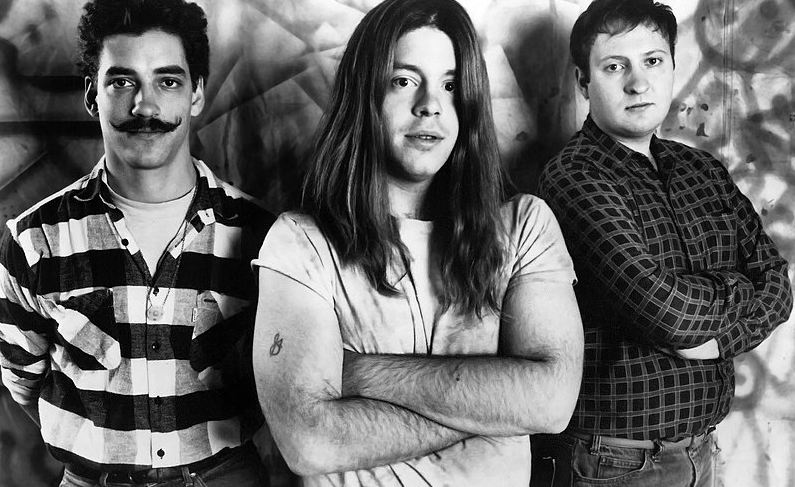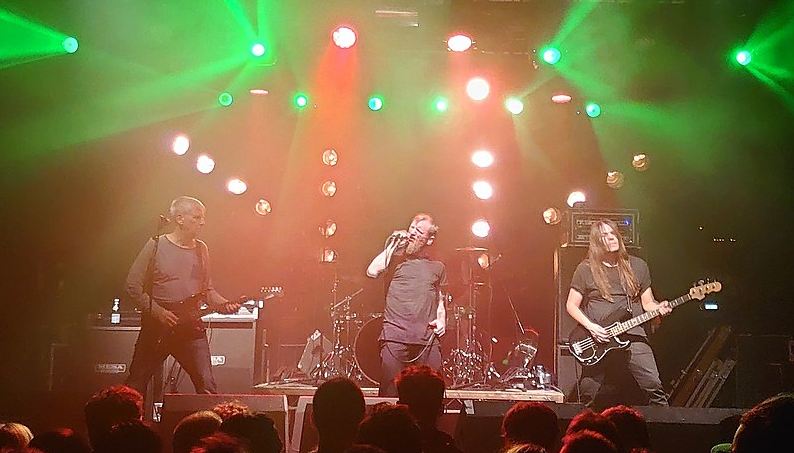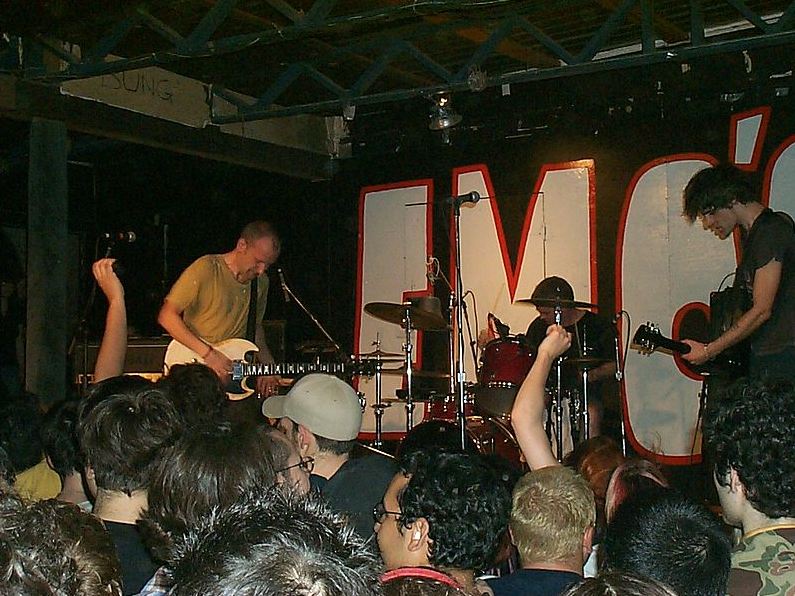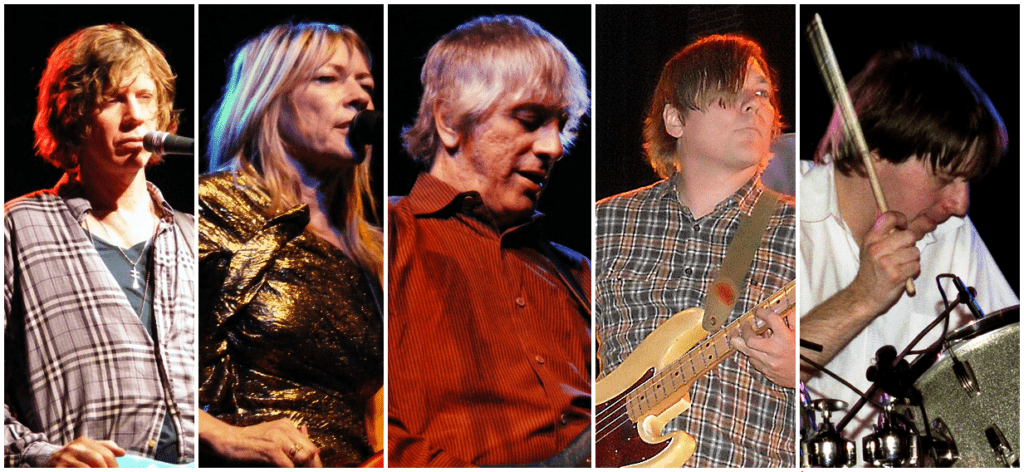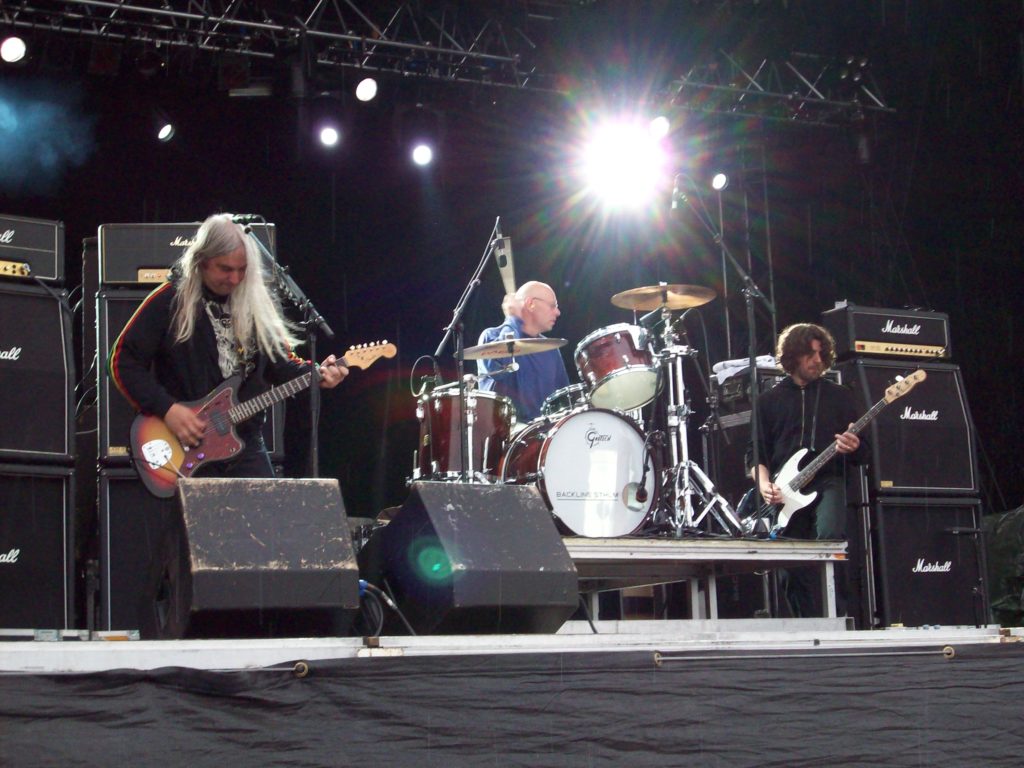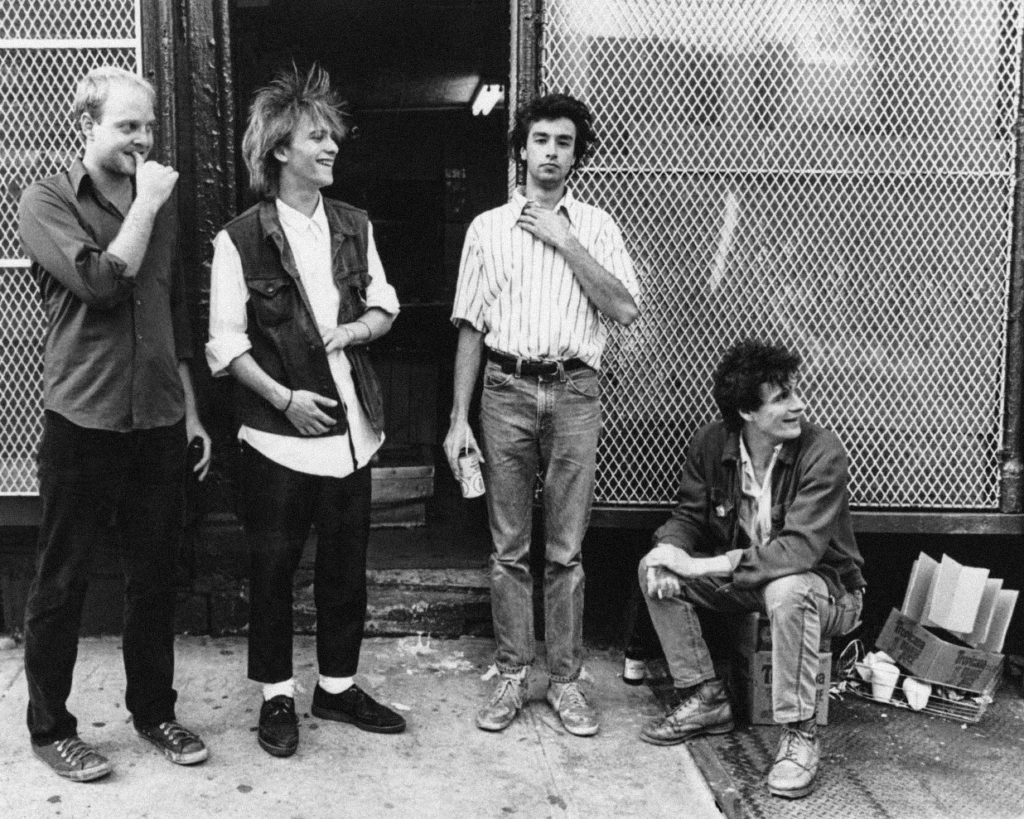The music made during the 1980s is fondly remembered and still enjoyed by people who grew up during that time. Many younger folks also enjoy the music of this decade, which is no surprise. After all, this is the time when people were listening to a wide variety of music from all over the world and in different genres. There were also technological advancements that allowed for better recording, so fans would enjoy their favorite music in a decent sound quality.
The underground music scene during the 80s was very active as well. While well-known artists like Prince or Michael Jackson were at the top of the game, several alternative bands and artists flew under the radar of mainstream music. This is not to say that they were completely obscure or not successful. In fact, the underground music scene laid down several templates for some majorly successful bands and artists in the 90s and later on. You may also read our post, Why Do We Love the Music of the 80s? to learn more about the music of the 80s.
Anyone who likes 80s music might be interested in these alternative music options. Let’s have a look at some of them now:
1. Minutemen
Minutemen was an American underground rock band, with Mike Watt as the bassist. After the front man of this group passed away, Watt joined up with Firehose.
There were a total of three musicians in this band, all somewhat inspired by both hardcore and punk. However, the music they produced was probably among the most unique creations in the 80s. It was organic, passionate, and unclassifiable as well. With D. Boon played the guitar, the songs were politically charged and independent. George Hurley played the drums, while Mike Watt and D. Boon both worked confidently together.
2. Marshall Crenshaw
Marshall Crenshaw was an American singer-songwriter. While he did make guitar pop music that was somewhat well-known later on, he was a relatively unknown artist in the 1980s decade.
Minutemen was a band that actively embraced its obscure and underground designation. In fact, some might say that they consciously chose to stay that way. However, Crenshaw was both melodic and accessible but still couldn’t get out of obscurity.
Early on in his career, Crenshaw did manage to get a somewhat mainstream outlet with the success of his songs ‘Someday, Someway’ (1982), ‘Whenever You’re on My Mind’, and ‘Cynical Girl’.
Crenshaw’s music was mainly inspired by Buddy Holly and classic soul music. However, he couldn’t replace his early commercial success. While he did work alongside other artists like the Gin Blossoms and Kirtsy MacColl, his musical career never really took off. Some might say that his talent and work were too original to be recognized during that time.
3. BoDeans
This rock band had its roots in Wisconsin, and was a somewhat mainstream success for some time in the first half of the 1980s. The rest of the decade, however, they were mostly classified as an underground favorite with the college crowd.
However, the BoDeans weren’t exactly like the other college rock bands of that time. They took a lot of inspiration from the musical styles of the ‘60s and ‘50s, creating their own unique and gritty roots rock music. Some might say that Sam Llanas and Kurt Neumann were the underground, more working class version of Paul McCartney and John Lennon. They were more for fans of music who didn’t get much from the mainstream MTV. In the 90s, this band did get a little more fame due to their song ‘Closer to Free’, which was the theme tune for the television series ‘Party of Five’.
4. The Smiths
The Smiths were based in England, and are believed to have assisted the invention of guitar-oriented alternative rock. During the 80s, this band was decidedly an underground one.
This band is known for the odd combination of singer Morrissey and Johnny Marr as the guitarist. The oddness comes from the disparity in their musical talent; Marr had a layered, ringing, traditional rock guitar sound. On the other hand, Morrissey’s voice was a dreamy, almost crooning type. The contrast was not too bad, but might not have been the best fit for the mainstream music industry in the 80s.
While The Smiths did see some productive phases, they ended after five years playing together. The partnership between the two main musicians kept their music fresh, but apparently couldn’t save the band at the end of the day.
5. Husker Du
Husker Du was a Minneapolis-based band in the post-hardcore rock era. They did release a number of albums during the 80s, but these weren’t driven towards commercial success.
The band eventually became more of an indie rock venture. It also marked the path for many later alternative rock bands, especially those that formed in the 90s.
Eventually, the contrasting personalities of Grant Hart and Bob Mould resulted in a lot of creative fuel for the success of the band. Mould would present a somewhat aggressive production, both with his guitar and his voice. Hart, on the other hand, had a softer voice and a clear sound, adding in piano music at times. Eventually, the band was ranked among the first indie acts to get signed by a major label. As you might see in this guide to 80s music, this was quite a big deal.
6. Black Flag
Black Flag is still revered as being a legendary hardcore rock band, perhaps one of the very best in American music history. Even with this status, they’re still working independently and as underground as possible.
This band is all about the punk subculture, and has been consistent in promoting an autonomous punk aesthetic and ethic. Some sources state that they’re the pioneers of DIY record labels that were so popular in the punk rock bands of the 80s. To this day, Black Flag gas amassed a passionate cult following with these tours in the United States, Europe, and Canada.
One major feature of this band is its ever-changing line-up. Henry Rollins has been one of the most visible members since his joining in 1982, but it was founder Greg Ginn’s independence and his SST record label that inspired other underground artists. Similar to Minuteman, this punk rock band has also explored several music styles. In the end, however, they mostly went for heavy metal in the Black Sabbath style.
7. Fulani
Fugazi was the third successful underground rock band for Ian MacKaye. It was a post-hardcore rock band that was founded in Washington in 1986. The band itself included Guy Picciotto as a vocalist and guitarist along with Ian MacKaye. Brendan Canty was the drummer, while Joe Laly was the bassist. These musicians were known for their DIY ethics, unique business practice, and a music that transcends any style categorization. They also held a deep contempt for the mainstream music industry.
To date, Fugazi has gone on several worldwide tours and released no less than 6 studio albums. They also have a film as well as a live series under their belt. This success gained them critical acclaim and worldwide success. While they went on hiatus in 2003, Fugazi has been a major influence on alternative and punk music.
The underground status of this band is mainly due to MacKaye’s unwillingness to have any corporate influence on the music he created or co-created. He has always wanted people of all ages and walks of life to access every single one of the band’s shows. However, this underground aesthetic led to the creation of a post-punk style. This, in turn, led to the emergence of the ‘90s, emo style, which would become very popular as well.
8. Sonic Youth
Sonic Youth was a New York City-based American rock band formed in 1981. The core lineup consisted of Thurston Moore (guitar, vocals), Kim Gordon (bass, vocals, guitar), Lee Ranaldo (guitar, vocals), and Steve Shelley (drums). Jim O’Rourke and Mark Ibold were also band members during different periods. Before becoming a well-known figure in the American noise-rock scene, the band participated in New York’s experimental no-wave art and music scene.
Sonic Youth was well-known for using unusual guitar tunings and modifying the timbre of their instruments with tools like drumsticks and screwdrivers. They received praise for “redefining what rock guitar could do” and had a significant impact on the alternative and indie rock movements. After gaining a strong following and critical acclaim through their releases with SST Records, the band experienced mainstream success in the 1990s and 2000s after signing with DGC in 1990 and headlining the Lollapalooza festival in 1995.
Sonic Youth disbanded in 2011 after the separation and divorce of Gordon and Moore. Their final live shows took place in Brazil, and the members have stated that the band will not reunite.
9. Dinosaur Jr.
American rock group Dinosaur Jr. was established in Amherst, Massachusetts, in 1984. J Mascis (guitar, vocals, main songwriter), Lou Barlow (bass, vocals), and Murph formed the group (drums). Mascis had a significant impact on the alternative rock movement of the 1990s with his snarling vocals and distinctive guitar sound, which was distinguished by the heavy use of feedback and distortion.
The band developed a reputation as one of the key influences on American alternative rock after releasing three albums on independent labels. Mascis fired Barlow due to creative conflict; Barlow went on to start Sebadoh and Folk Implosion. As a substitute, Mike Johnson joined the group and appeared on three major-label albums. Mascis eventually took over the band’s albums’ drum responsibilities once Murph eventually left. The band split up in 1997, but the original lineup regrouped in 2005 and put out five albums.
10. The Replacements
The Replacements were an American rock band that was formed in 1979 in Minneapolis, Minnesota. They were one of the main pioneers of alternative rock and were initially a hardcore punk band. The band consisted of Paul Westerberg (guitarist and vocalist), Bob Stinson (guitarist), Tommy Stinson (bass guitarist), and Chris Mars (drummer) for most of its existence.
The Replacements’ music was influenced by a wide range of artists, including rock bands such as the Rolling Stones and the Beatles, as well as punk rock bands like the Ramones and the Buzzcocks. Their music combined Westerberg’s raw vocals with self-deprecating lyrics and was described as “heart-on-the-sleeve” rock songs.
In 1986, Slim Dunlap replaced Bob Stinson as the lead guitarist when Stinson was fired from the group. Mars was replaced in 1990 by Steve Foley. Westerberg exercised more control over the creative output toward the end of their career. The group broke up in 1991, with the members moving on to other endeavors. Fans of the group lovingly referred to them as “The ‘Mats,” which was a shortening of the band’s name, “The Placemats.” The Replacements were also infamous for their erratic live performances, frequently performing while intoxicated and substituting song snippets for their own compositions.
Conclusion
It might not be possible to do justice to every single talented music artist that was active during the 80s. The sheer number of such individuals and groups is too high, so it’s all we can do to get to know about at least some of them. If the artist we’ve discussed above sounds interesting, you might also like to read about some one-hit wonders of 80s British music.
Even if someone is not really interested in the music of the 80s, it’s worth knowing what inspired the later musical styles and movements of the 90s and even later on. It might be worthwhile to choose one of the bands or individuals discussed above and listen to some of their work.


